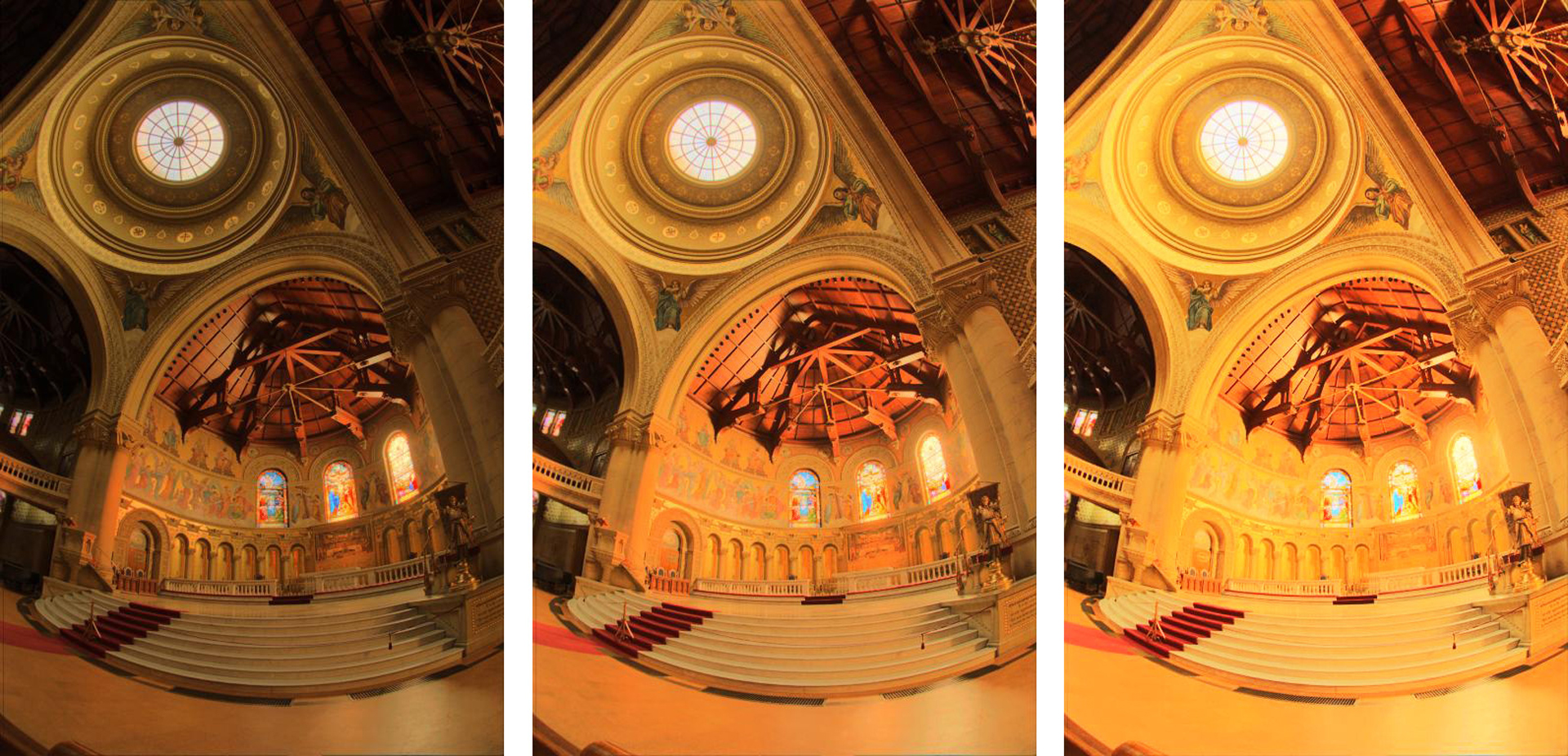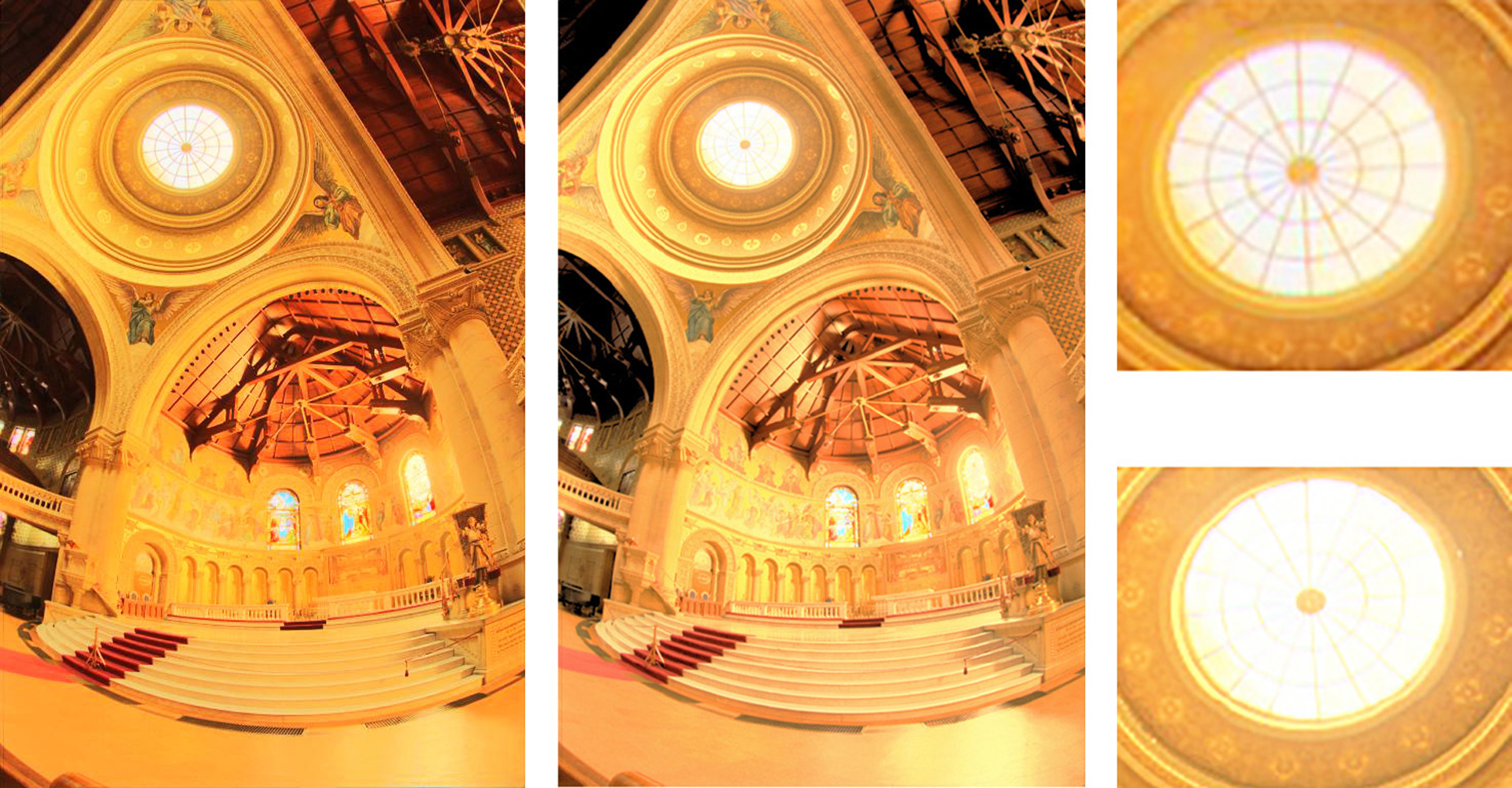“Lighting Condition Adaptive Tone Mapping Method” by Han, Khan and Rahardja
Conference:
Type(s):
Entry Number: 37
Title:
- Lighting Condition Adaptive Tone Mapping Method
Presenter(s)/Author(s):
Abstract:
We propose an adaptive tone mapping method for displaying HDR images according to ambient light conditions. To compensate the loss of perceived luminance in brighter viewing conditions, we enhance the HDR image by an algorithm based on the Naka-Rushton model. Changes of the HVS response under different adaptation levels are considered and we match the response under the ambient conditions with the plateau response to the original HDR scene. The enhanced HDR image is tone mapped through a tone mapping curve constructed by the original image luminance histogram to produce visually pleasing images under given viewing conditions.
References:
- E. Dowling. 1987. The Retina: An Approachable Part of the Brain. Cambridge, MA: Belknap Press.
- R. Khan, S. Rahardja, M. M. Khan, M. M. Movania, and F Abed. 2018. A Tone-Mapping Technique Based on Histogram Using a Sensitivity Model of the Human Visual System. IEEE Transactions on Industrial Electronics 65, 4 (2018), 3469–3479.
- Dae-Chul Kim, Ji-Hoon Yoo, and Won-Hee Choe. 2017. Visibility Enhancement of Mobile Device Through Luminance and Chrominance Compensation Upon Hue. IEEE Transactions on Industrial Electronics 84, 4 (April 2017), 3039–3047.
- Mantiuk, S. Daly, and L. Kerofsky. 2008. Display Adaptive Tone Mapping. ACM Transactions on Graphics 27, 3 (2008), 1–10.
- Wang and C. Jung. 2017. Surrounding adaptive tone mapping in displayed images under ambient light. In IEEE International Conference on Acoustics, Speech and Signal Processing. 1992–1996.





